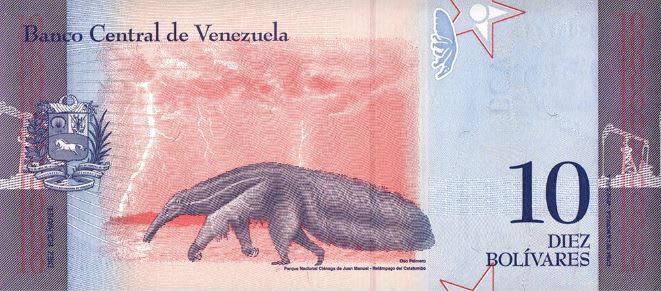The giant anteater is the largest member of the anteater family and of the order Pilosa, which it shares with sloths. One of its most striking features is its distinctive coat, which is typically greyish or brown in color. This coat is adorned with striking black and white diagonal markings covering the shoulders, providing effective camouflage in its natural habitat. The fur of the giant anteater is long and shaggy on the underside, offering insulation and protection against the elements, while it is coarser on the upper side, providing durability and resilience to wear and tear.
One of the most remarkable adaptations of the giant anteater is its specialized tongue, which is sticky and extremely long, measuring more than 60 centimeters (2 feet) in length. This tongue is the longest of any mammal relative to its body size, allowing the giant anteater to reach deep into ant and termite nests to extract its prey with remarkable precision and efficiency.
Despite its formidable tongue and impressive feeding adaptations, the giant anteater is not immune to ant bites. As a result, it typically does not stay long at colonies of ants or termites, moving on after feeding for only a minute or so to avoid being overwhelmed by the insects’ defensive mechanisms.
Despite its relatively short feeding bouts, the giant anteater is capable of consuming a staggering number of ants and termites each day. Estimates suggest that a single giant anteater can consume anywhere from 30,000 to 35,000 ants per day, making them highly effective predators of these tiny insects.
Distribution
 Argentina
Argentina Belize
Belize Bolivia
Bolivia Brazil
Brazil Colombia
Colombia Costa Rica
Costa Rica Ecuador
Ecuador El Salvador
El Salvador French Guiana
French Guiana Guatemala
Guatemala Guyana
Guyana Honduras
Honduras Nicaragua
Nicaragua Panama
Panama Paraguay
Paraguay Peru
Peru Suriname
Suriname Uruguay
Uruguay Venezuela
VenezuelaAnything we've missed?
Help us improve this page by suggesting edits. Glory never dies!
Suggest an editGet to know me
Terrestrial / Aquatic
Altricial / Precocial
Polygamous / Monogamous
Dimorphic (size) / Monomorphic
Active: Diurnal / Nocturnal
Social behavior: Solitary / Pack / Herd
Diet: Carnivore / Herbivore / Omnivore / Piscivorous / Insectivore
Migratory: Yes / No
Domesticated: Yes / No
Dangerous: Yes / No
Giant anteater on banknotes






